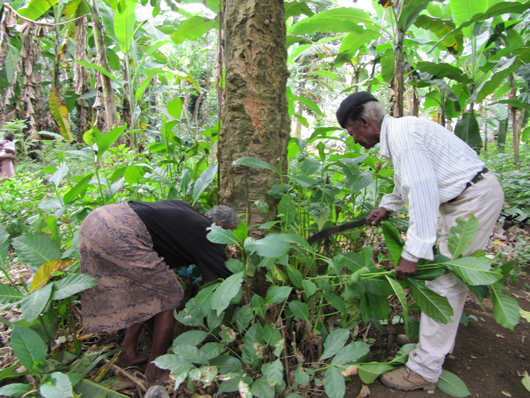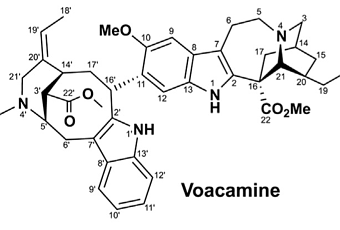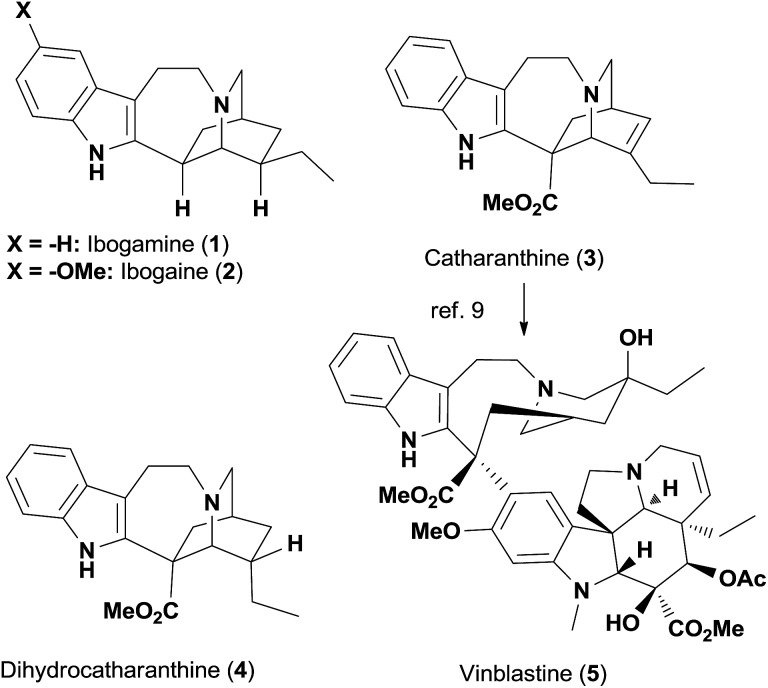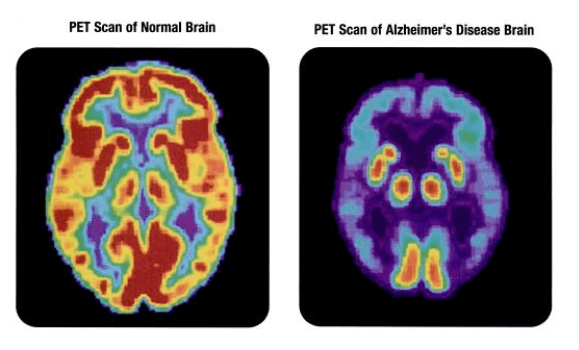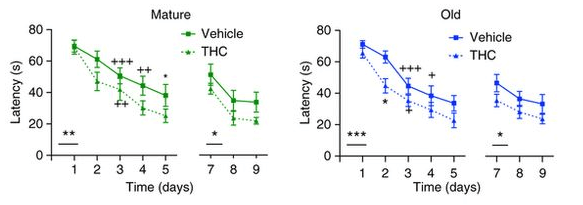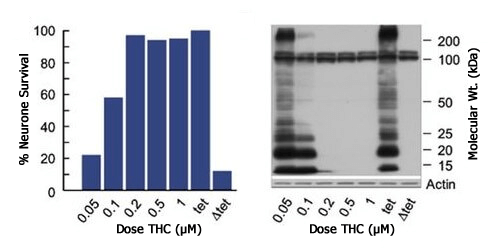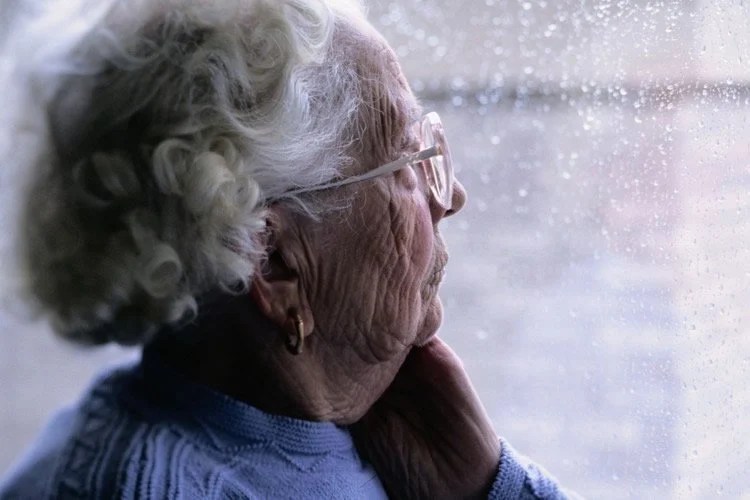modocmodoc
Bluelighter
- Joined
- Mar 10, 2015
- Messages
- 187
Add this one..
Abstract
Pharmacological management of Major Depressive Disorder includes the use of serotonin reuptake inhibitors which targets serotonin transporters (SERT) to increase the synaptic concentrations of serotonin. Beta-site amyloid precursor protein cleaving enzyme-1 (BACE-1) is responsible for amyloid β plaque formation. Hence it is an interesting target for Alzheimer's disease (AD) therapy. This study describes molecular interactions of a new Food and Drug Administration approved antidepressant drug named 'Fetzima' with BACE-1 and SERT. Fetzima is chemically known as levomilnacipran. The study has explored a possible link between the treatment of Depression and AD. 'Autodock 4.2' was used for docking study. The free energy of binding (ΔG) values for 'levomilnacipran-SERT' interaction and 'levomilnacipran-BACE1' interaction were found to be -7.47 and -8.25 kcal/mol, respectively. Levomilnacipran was found to interact with S438, known to be the most important amino acid residue of serotonin binding site of SERT during 'levomilnacipran-SERT' interaction. In the case of 'levomilnacipran-BACE1' interaction, levomilnacipran interacted with two very crucial aspartic acid residues of BACE-1, namely, D32 and D228. These residues are responsible for the cleavage of amyloid precursor protein and the subsequent formation of amyloid β plaques in AD brain. Hence, Fetzima (levomilnacipran) might act as a potent dual inhibitor of SERT and BACE-1 and expected to form the basis of a future dual therapy against depression and AD. It is an established fact that development of AD is associated with Major Depressive Disorder. Therefore, the design of new BACE-1 inhibitors based on antidepressant drug scaffolds would be particularly beneficial.
(PDF) Fetzima (levomilnacipran), A Drug for Major Depressive Disorder as a Dual Inhibitor for Human Serotonin Transporters and Beta-Site Amyloid Precursor Protein Cleaving Enzyme-1. Available from: https://www.researchgate.net/public...e_Amyloid_Precursor_Protein_Cleaving_Enzyme-1 [accessed Sep 10 2018].
Abstract
Pharmacological management of Major Depressive Disorder includes the use of serotonin reuptake inhibitors which targets serotonin transporters (SERT) to increase the synaptic concentrations of serotonin. Beta-site amyloid precursor protein cleaving enzyme-1 (BACE-1) is responsible for amyloid β plaque formation. Hence it is an interesting target for Alzheimer's disease (AD) therapy. This study describes molecular interactions of a new Food and Drug Administration approved antidepressant drug named 'Fetzima' with BACE-1 and SERT. Fetzima is chemically known as levomilnacipran. The study has explored a possible link between the treatment of Depression and AD. 'Autodock 4.2' was used for docking study. The free energy of binding (ΔG) values for 'levomilnacipran-SERT' interaction and 'levomilnacipran-BACE1' interaction were found to be -7.47 and -8.25 kcal/mol, respectively. Levomilnacipran was found to interact with S438, known to be the most important amino acid residue of serotonin binding site of SERT during 'levomilnacipran-SERT' interaction. In the case of 'levomilnacipran-BACE1' interaction, levomilnacipran interacted with two very crucial aspartic acid residues of BACE-1, namely, D32 and D228. These residues are responsible for the cleavage of amyloid precursor protein and the subsequent formation of amyloid β plaques in AD brain. Hence, Fetzima (levomilnacipran) might act as a potent dual inhibitor of SERT and BACE-1 and expected to form the basis of a future dual therapy against depression and AD. It is an established fact that development of AD is associated with Major Depressive Disorder. Therefore, the design of new BACE-1 inhibitors based on antidepressant drug scaffolds would be particularly beneficial.
(PDF) Fetzima (levomilnacipran), A Drug for Major Depressive Disorder as a Dual Inhibitor for Human Serotonin Transporters and Beta-Site Amyloid Precursor Protein Cleaving Enzyme-1. Available from: https://www.researchgate.net/public...e_Amyloid_Precursor_Protein_Cleaving_Enzyme-1 [accessed Sep 10 2018].


